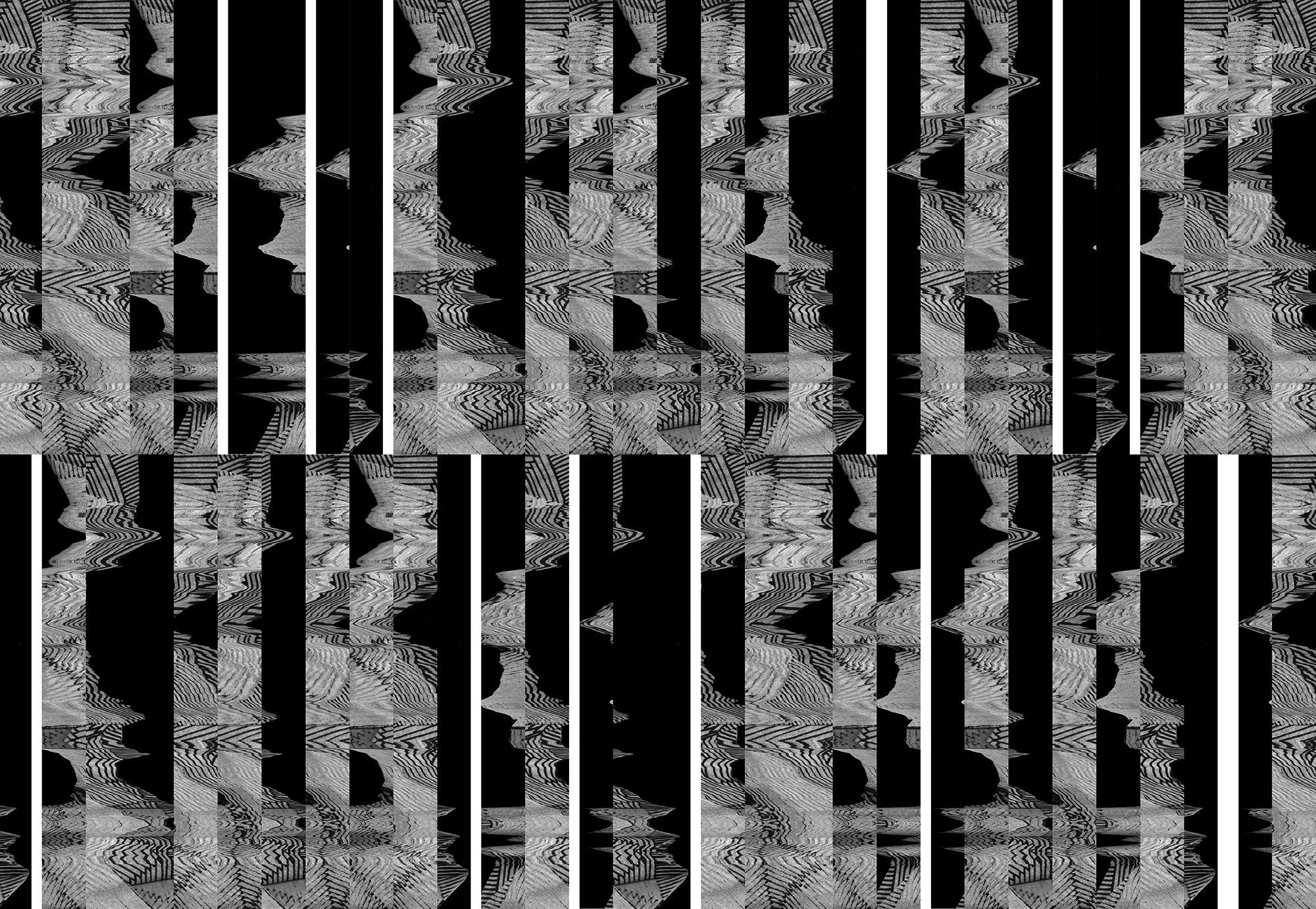This text takes inspiration from the fictional Uncle Remus folktales written and published by author Joel Chandler Harris during the late-19th and early-20th centuries. In particular, it appropriates and reinterprets Harris’s Br’er Rabbit character and the plot and setting of his stories, “The Wonderful Tar Baby Story” and “How Mr. Rabbit Was Too Sharp for Mr. Fox,” presented in Uncle Remus: His Songs and Sayings, originally published in 1880. An additional reference is Disney’s theatrical adaptation of the Uncle Remus tales in the 1946 feature film Song of the South, which blended live action with traditional animation. Both the original stories and their subsequent adaptations are notable, as they portrayed and reinforced many stereotypes of African-Americans and their lived experiences under chattel slavery. Harris’s Uncle Remus stories are marked by their limited approximations of African-American speech into written form through the sole use of dialect, in which language is both misspelled but properly sounded, as well as misspelled and pronounced differently.
RBBT, pronounced “rabbit”: the protagonist of this tale by the tail. BR’RR PTCH, pronounced “briar patch”: the mise en scène of this mess(age).
“A map is not the territory it represents, but, if correct, it has a similar structure to the territory, which accounts for its usefulness.” Alfred Korzybski, Science and Sanity: An Introduction to Non-Aristotelian Systems and General Semantics (New York: Institute of General Semantics, 1933), 58.
TRR BBB, pronounced “tar baby”: the snare of sight through the rendered site.
THEY/THEM (and sometimes THEY/THEM/THOSE) does not reference gender neutral pronouns (although gender neutrality is equally applicable here). Instead, THEY/THEM/THOSE is colloquial shorthand for “The Mxn,” or “the powers that be,” or “downpressor mxn,” or “the oppressor.”
See Douglas Kearney, “YESSUHRREALISM,” in Mess and Mess and (Blacksburg: Noemi Press, 2015), 36–39.
In a 1998 interview about her book Paradise, Toni Morrison comments, “We are the only ones who can imagine paradise, so let’s start imagining it properly, so that it isn’t about my way, my land, my borders, my values, and keeping out you and you and you. We’re the only ones who can do that. So—think it up.” Quoted in David Streifield, “The Novelist’s Prism,” Washington Post, January 6, 1998.
As conceptual artist Robert Barry imagined and articulated in his Marcuse Series of the early 1970s: “Some Places to Which We Can Come, and for a While, Be Free to Think About What We Are Going to Do.” Barry’s Marcuse Series is in itself an imagining, and/or an appropriation of an imagining, as described by philosopher Herbert Marcuse in his 1969 book, An Essay on Liberation: “And there is an answer to the question which troubles the minds of so many men of good will: what are the people in a free society going to do? The answer which, I believe, strikes at the heart of the matter was given by a young black girl. She said: for the first time in our life, we shall be free to think about what we are going to do.” Herbert Marcuse, An Essay on Liberation (Boston: Beacon Press, 1969), 91.
